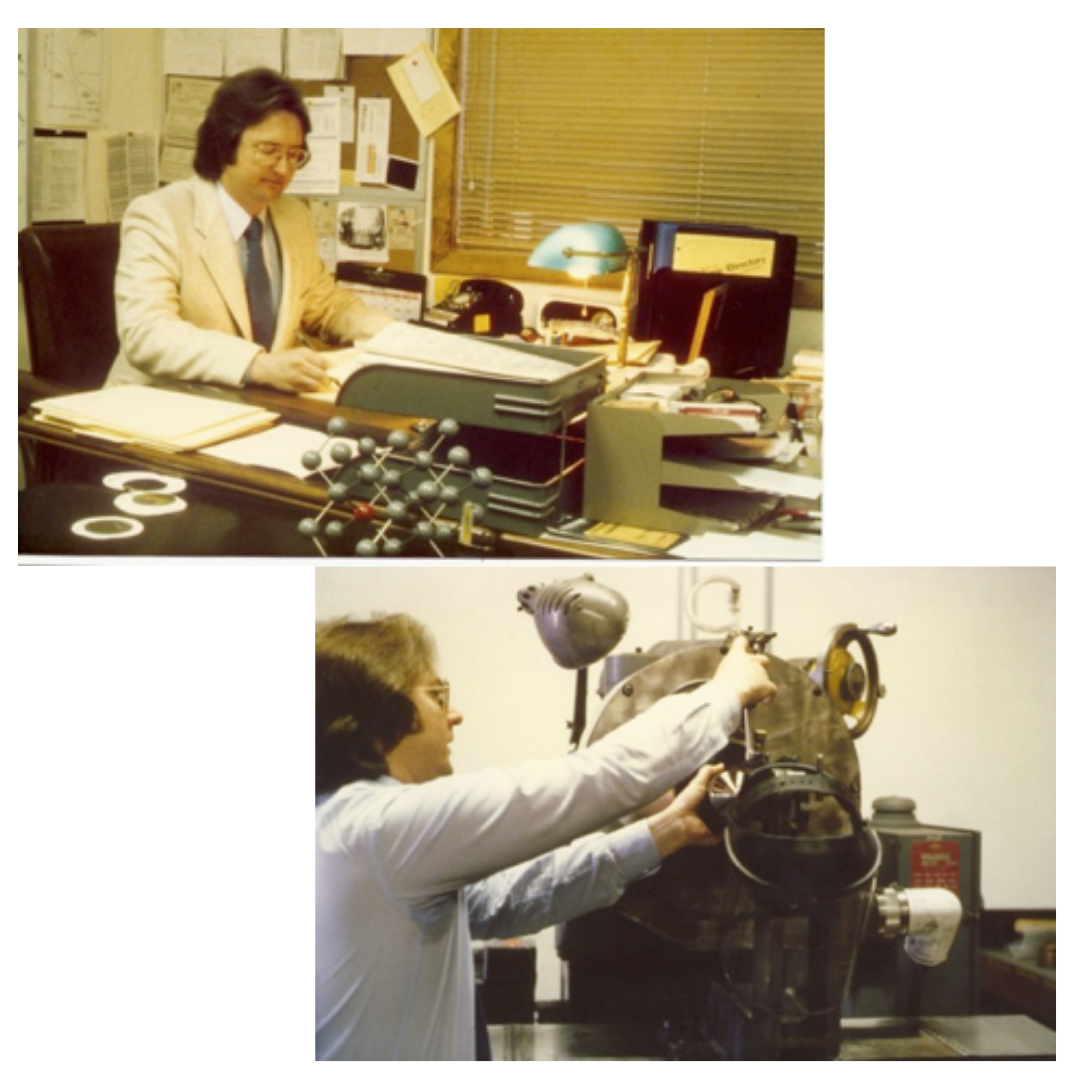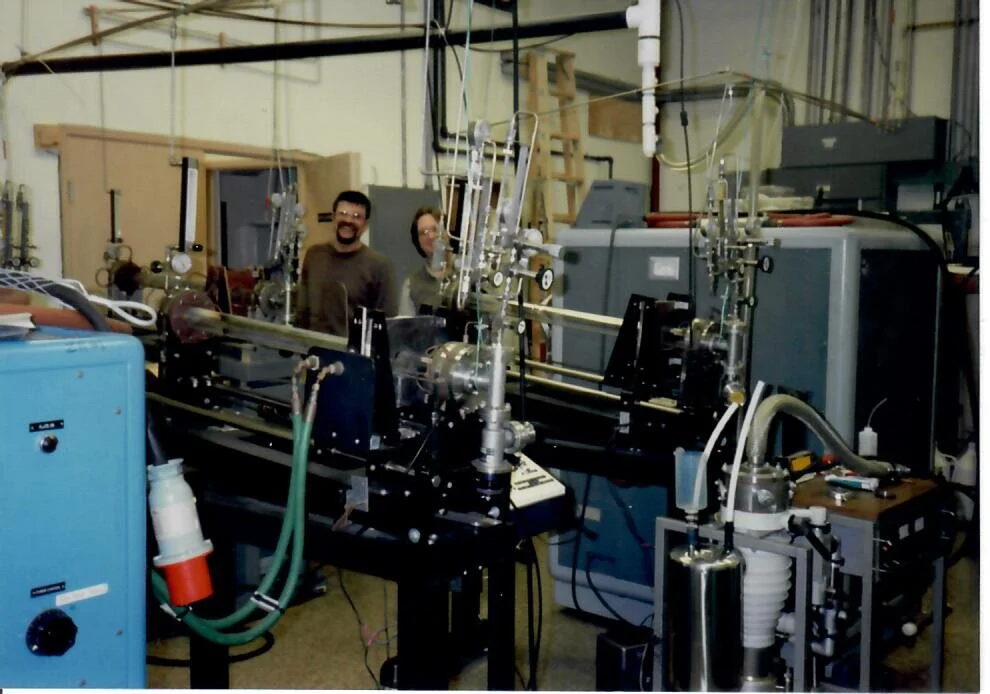Canberra Semiconductor
1980-1985
This startup venture originally was called Berkeley Germanium Corp.—that’s the name of the semiconductor—and then later on we were purchased by a company in Connecticut named Canberra Industries, and became Canberra Semiconductor Inc. (CSI). There was no relation to the city of Canberra in Australia. (I don’t know where they got the name, frankly.)
I went from being a bench-level researcher, technologist, R&D person to more of a manager and leader. I ended up being first the Director of Research and Development, and then the General Manager of this whole startup venture.
My first entrepreneurs
business card
I learned more than I intended to ever learn about not only R&D, but plumbing and heating, and the three-day rule when you’re paying employees’ withholding to the Internal Revenue Service, and so forth. It was a quick, jumping-into-the-deep-end, practical school in management of a research organization. And those lessons, the knowledge I acquired on the fly, stayed with me rest of my career, particularly when I started moving up the ranks in NASA.
The company lasted for about five years. We developed the crystals that would be made into detectors for nuclear radiation monitoring and analysis. Our business model was based on the assumption that nuclear power was going to be a really big deal—a mainstay in the world of power generation. For a while, that certainly looked to be true. Then people began to have all kinds of misgivings about nuclear power, asking “Where do you store the waste?” Plus, other power generation approaches were surging ahead. And of course any energy venture was greatly influenced by the price of oil at the time.
Some of the equipment we had to develop and test in this startup. With me is my collaborator, George Mraz.
By 1985, it was clear that the surge in nuclear power was not occurring. Canberra’s headquarters, back in Connecticut, decided to consolidate everything to save money. The senior VP announced a plan to move some of the work there and sell off the rest. I declined their offer to relocate as I wasn’t interested in leaving California. So that startup ended in 1985. Years later, by that time well integrated into the Silicon Valley culture, I learned that many entrepreneurs only succeeded on their third business. Our 5 years in the high-tech business was not only reasonably successful, but I learned a set of life lessons on managing risk and ambition. Plus the buyout package enabled my late first wife and I to put together the down payment for a house in California. Not bad for a fledgling entrepreneur.
SRI
1978 - 1987
Beginning in 1978, I worked intermittently as a consultant and then two years full time, after the Canberra lab closed, for the Stanford Research Institute (now SRI). My task was to assist on a (now-declassified) government program sponsored by the Army, the CIA, Defense Intelligence Agency, and others to see if a thing that people called “psychic functioning” actually exists. Essentially these military and intelligence agencies wanted to know a) if the capability for psychokinesis, clairvoyance, etc. actually exists and b) if so, determine if psychic functioning could be used for intelligence gathering. If you read Annie Jacobsen’s book called Phenomena: The Secret History of the U.S. Government's Investigations into Extrasensory Perception and Psychokinesis it has all the characters and the stories of these different projects.



